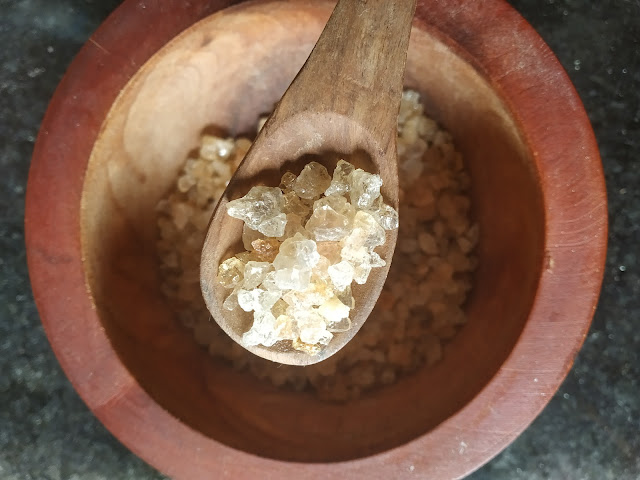Kitchen Hygiene: 4 Things To Consider
In the kitchen, it is necessary to cook in a clean environment. The place is a potential spot for spreading germs, making it unsafe to prepare food. Therefore, cleaning every surface blocks germs from entering or spreading. If you cook often, wash the cooking equipment as well. Sometimes, leftovers or crumbs can cause diseases when left unattended. It applies not only to home kitchens but commercial kitchens too.
 |
| Image Courtesy- Pexels |
Chefs and waiting staff have the responsibility of maintaining a clean kitchen. Inside, it is where all food gets prepared, so everyone eats their meals safely. Promoting kitchen hygiene is a daily task if you are in charge of cleaning. Consider these four aspects as you check the kitchen’s state.
Handwashing
Handwashing applies
to everyone inside the kitchen. You wash before, during, and after preparing
meals. It is a small yet important habit to follow. If anyone forgets to wash
their hands, germs may spread to their immune system. Wash your hands with soap
and water for added protection against germs. Daily hand washing ensures a
solid barrier between healthy bodies that fight pathogens.
Cutlery
Distribution
When a meal is
ready for distribution, you provide cutlery. However, the waiting time for
getting cutlery can turn the meal cold fast. To lessen waiting time, use a spoon
dispenser so the customer can enjoy their hot meals. A cutlery
dispenser also comes in different models for forks and knives for easy meal
consumption. This applies to any meal, whether it is for dine-ins or take-outs.
Customers do not like to wait a long time for the meals they order.
Cooking
Food
Cooking food kills
the bacteria on the surface. When cooking food, follow the ideal cooking
temperature for any ingredient. If it is too high, the food can burn.
Ingredients like meat, poultry, and seafood have specific cooking times and
temperatures. It applies to any cooking method. It is why many cooking recipes
specify the heating levels along with the time spent. By following these
instructions, the food will be at its ideal temperature.
Food
Storage
After cooking, you can store food. This step varies depending on the available storage options. If you have a refrigerator, it is a must to chill cooked food there. It extends the shelf life, and you can eat the meal another time. When storing food, use a clean container with a tight seal. This protects the food from germs and spillage.
If you have uncooked
food and raw ingredients, store them in a safe spot to prevent
cross-contamination. Each ingredient in the kitchen carries certain chemicals
that react differently on the surface. The more organized the storage, the
better quality of food you will get.
Wrapping
Up
Kitchen hygiene is an important habit to practice daily. You wash your hands, check the ingredients used, and inspect the cutleries for eating. As you cook food, you can prepare containers for storage. Once the food is ready, you can serve them or store it inside the refrigerator. The important thing is to have a safe means of eating food through a clean kitchen.
Author’s Bio:
Rosette is known for advocating a sustainable lifestyle. That’s why on her free days, she spends her time writing about sustainability efforts and other ways to help the environment thrive and heal at a time of drastic climate change.






Hygiene is very important for us. DHC Face Wash Powder Review
ReplyDelete